Sansho is native to Japan. The leaves are usually used as a herb, however, it is often referred to as 'Japanese pepper.' It comes from a plant called the prickly ash which is closely related to the plant that Szechuan pepper is harvested.
Sansho has been used in Japan as herbal medicine to treat diarrhoea and other digestive functions during the Heian era (794 - 1185 AD) and is still believed to benefit bodily functions by some people to this day.
It is very tangy, peppery with a slight numbing quality. Mostly known as yakumi for Unagi (Eel) but there are many more ways to use sansho. Sansho leaves, seeds and even flowers are used in Japanese cooking.
Mi-Sansho (Mi-zansho)

Sansho is ripe in summer. Harvested while they are still green. It resembles caper. Adding unripened sansho to Nimono (slow-cooked meals) will take the smells from meat and fish, and adds a slightly tangy, spicy flavour to the food.
Ripened Sansho is used for sansho powder. When its ripened, red and dried it can then be powdered. That result is the sansho spice that is used on unagi.
Hana-sansho (Hana-Zansho)
It is used as an accent for some dishes. Not as spicy and tangy as the seeds. It is added to some nabe hot pot meals and Aemono (vinegar and dressed dishes).
Kinome
Sansho leaves are called kinome. Leaves are used as a herb, for toppings. It adds a slight citrus-ish flavour to the food. Also, it is used in miso paste sometimes, it gives miso a unique tangy taste to it.
Sansho is unlike any spices that are used in western countries, so I suggest you try it out. We sell both sansho miso and sansho powder.





